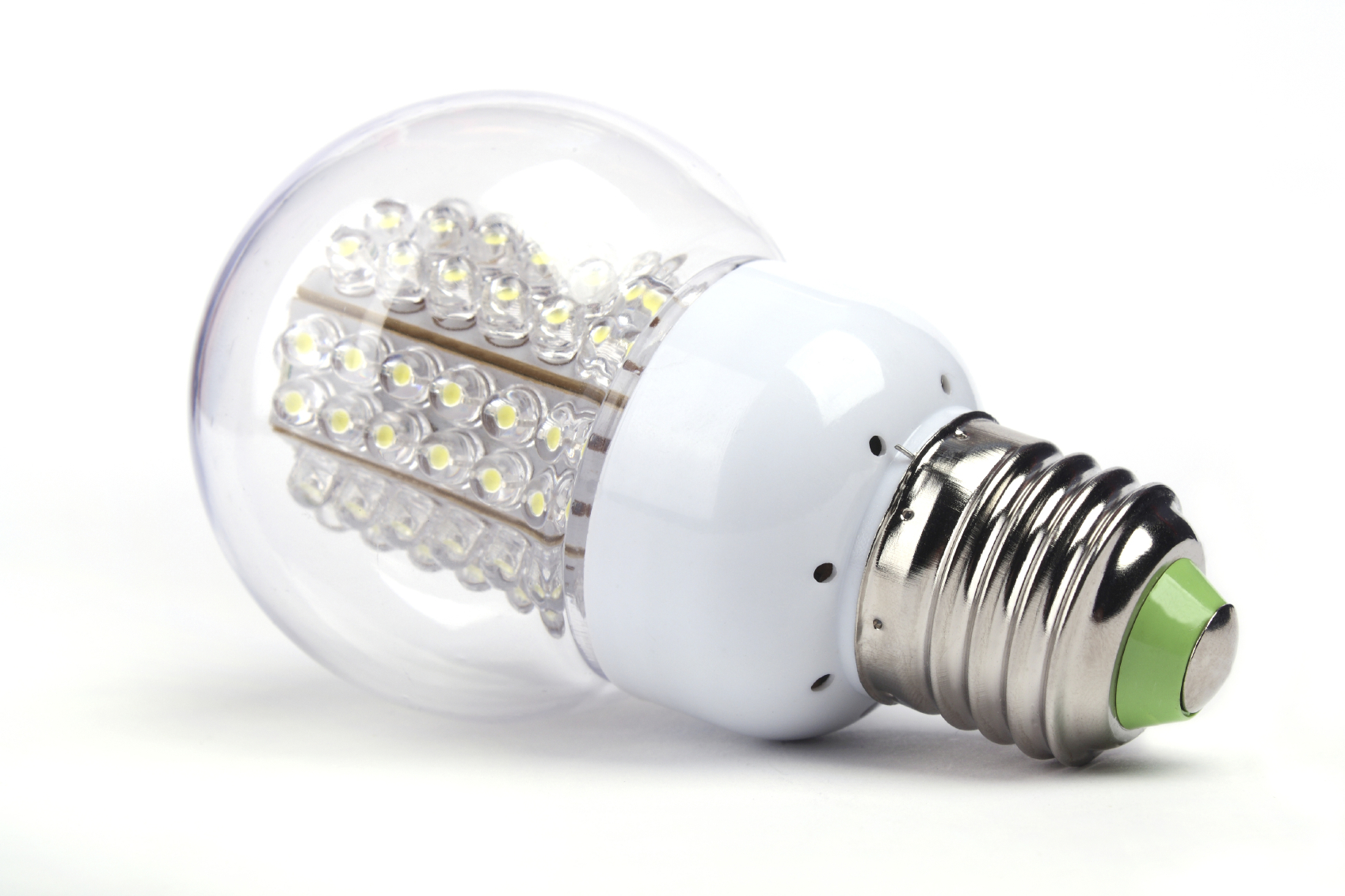
What is it?
Screw-in LEDs are lamps that directly replace metal halide lamps without fixture changes or rewiring. The new lamp screws into the existing metal halide fixture. They can have medium or mogul screw bases to fit in most metal halide fixtures directly. Manufacturers produce replacement lamps ranging from 75 to 1,000 watts.
How does it work?
LED lamps are inherently more efficient than metal halides because they can produce more light per watt and they are able to focus light exactly where it is needed. LED replacement lamps have their own driver and electronics that allow them to take the voltage supplied by the existing metal halide ballast and use it directly, although this does create an energy penalty due to ballast losses.
What are the most appropriate applications?
Areas with metal halide lighting where the existing fixtures are still in good shape, and where re-wiring or replacing the fixtures would be difficult, are good locations for these lamps. Also, make sure that the existing metal halide ballasts are compatible with the LED lamps, as poorly matched ballast-LED combinations can cause early failure.
What are the savings?
Replacing a 400-watt metal halide lamp with an equivalent LED screw-in lamp (about 188W nominal, 218W with ballast losses) in a space that operates 24/7 would yield about 2,000 kWh per year in savings.
What are the non-energy benefits?
Replacing older metal halide lamps with LEDs often improves space brightness as metal halide light output degrades severely over time. Further, LEDs have significantly longer lifetimes (30-40,000 hours longer), reducing maintenance costs. Compared to LEDs that cannot be screwed-in, these have very low installation cost.
What is the cost?
Costs for these lamps range from $100 to $300 per lamp, based on wattage.
What is the status/availability of the technology?
This technology is readily available through multiple vendors, although quality and availability of specific wattages (especially higher ones) can vary significantly.
What kinds of incentives/programs are available?
This technology is currently evaluated under Custom Rebate programs but is likely to shift to prescriptive in the future.



